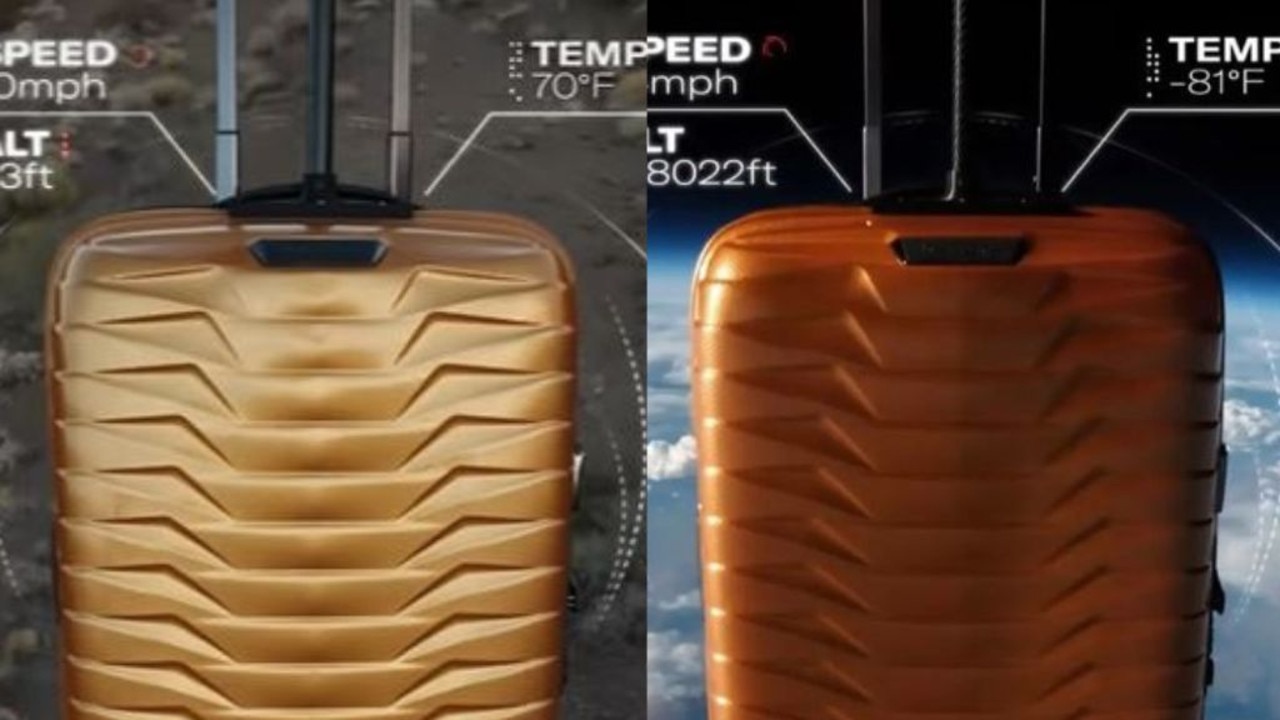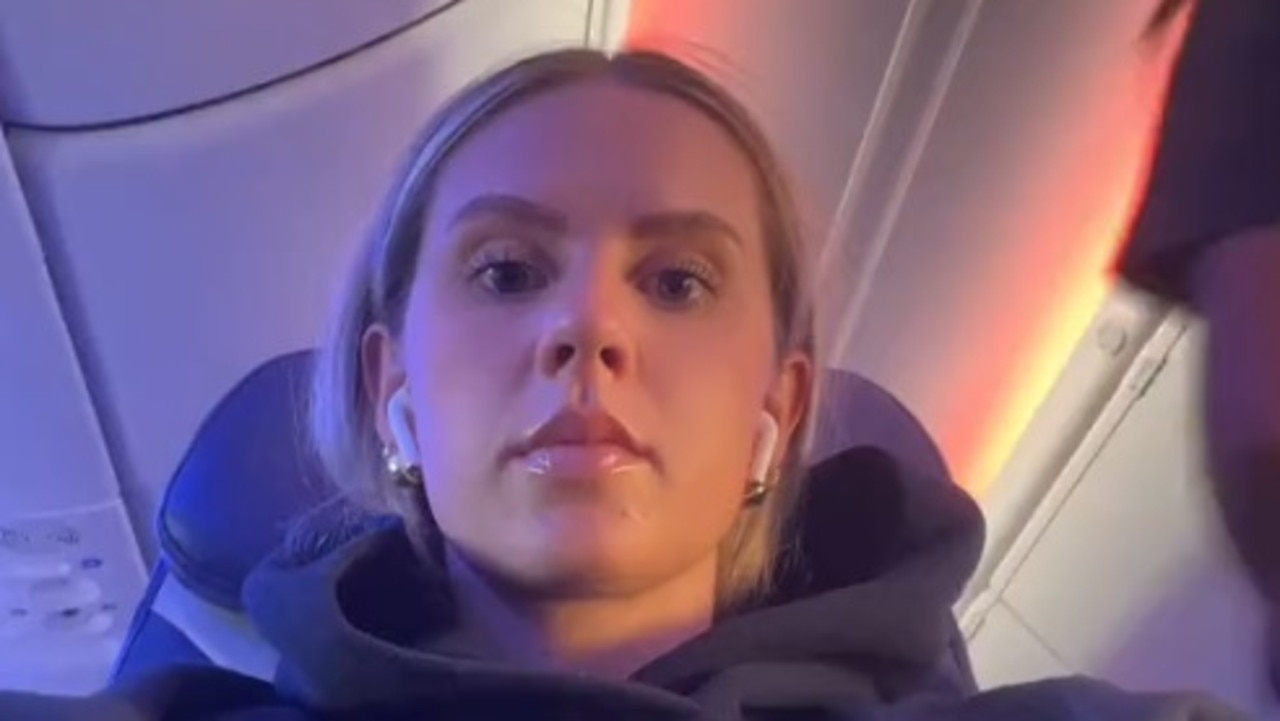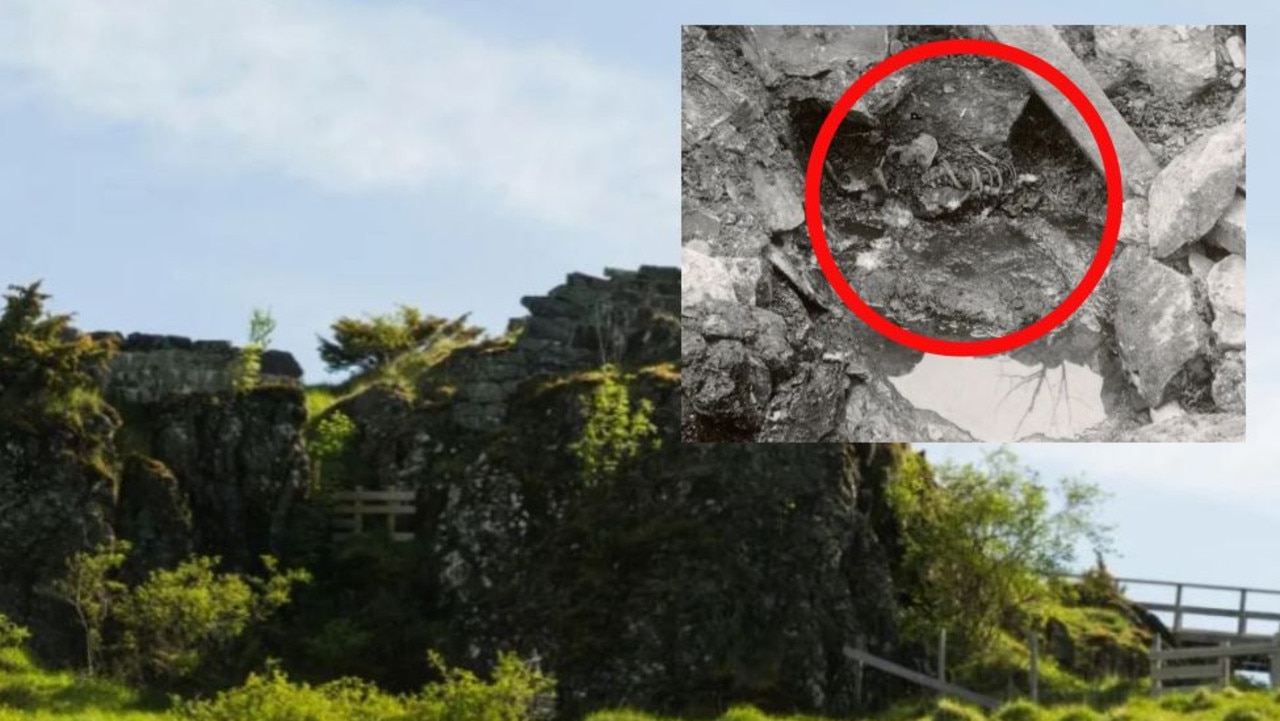Fukushima government considers action over Dark Tourist episode
DARK Tourist has been a global hit, but officials in Japan are not happy with scenes in this episode.
ITS willingness to boldly take audiences to some of the most offbeat, off-putting and downright disturbing places on the planet has made the Netflix series Dark Tourist a global sensation.
The first season of the groundbreaking documentary series, which was released in July, follows host David Farrier’s excursions to grim locations, from a forbidden ghost city on Cyprus to the Milwaukee sites where serial killer Jeffrey Dahmer murdered his victims.
But the series has landed in hot water due to its second episode that was filmed in Japan.
There, government officials are considering taking action against Netflix over footage from inside Fukushima, which was devastated by an earthquake and tsunami in March 2011.
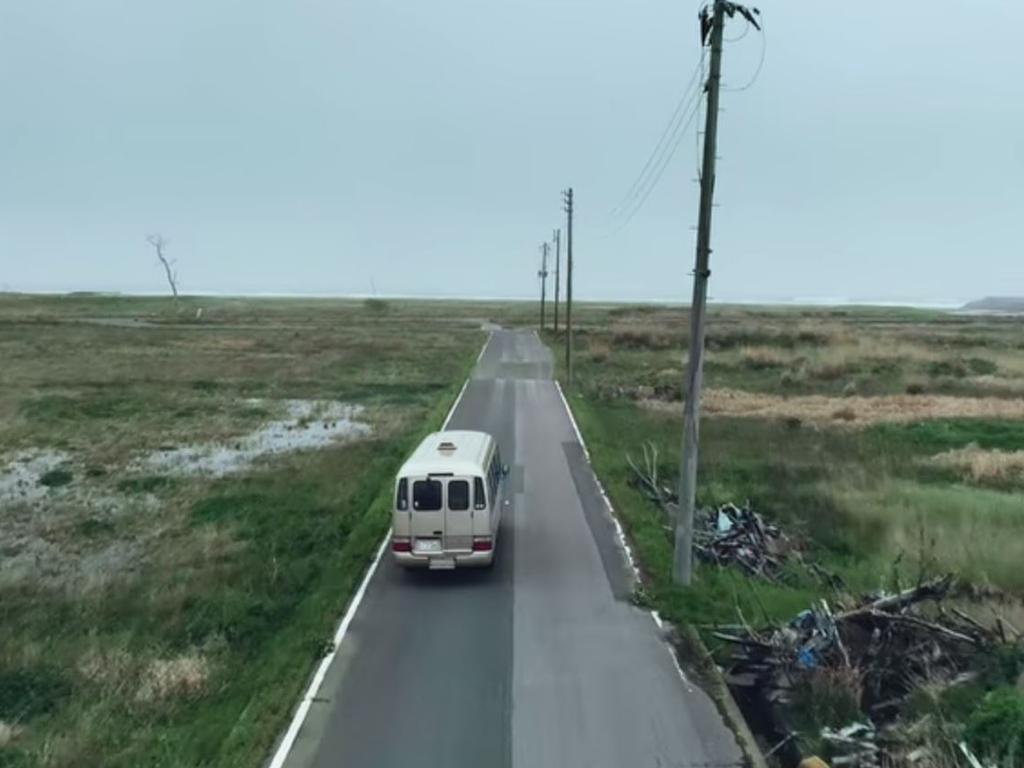
In the episode, Farrier, a New Zealand journalist, takes a bus tour with other foreign sightseers into areas affected by the catastrophic nuclear meltdown at the Fukushima Daiichi plant.
MORE: Creepy ghost island you must visit in Japan
The bus passes radioactive exclusion zones and Farrier and the other tourists become increasingly nervous by the skyrocketing readings on their Geiger counters, which measure radiation.
At one point in the episode, the reading is 50 times higher than levels deemed to be safe.
In another scene, the group visits a local restaurant where Farrier is concerned about eating locally sourced food that may be contaminated.
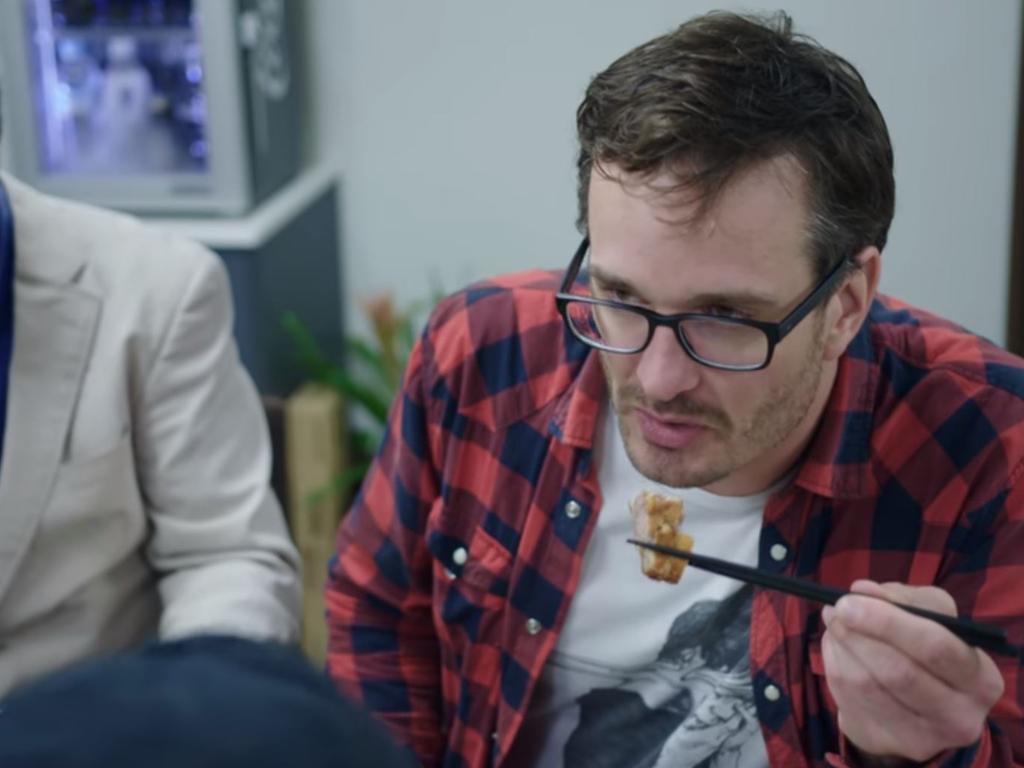
In another, he comes close to being arrested after sneaking into an abandoned arcade that was deemed a no-go zone by the government.
Now, officials from the Fukushima Prefectural Government said they are investigating the Dark Tourist episode, concerned it would “fuel unreasonable fears related to the March 2011 disaster at Tokyo’s Electric’s tsunami-stricken Fukushima No. 1 nuclear plant”.
A senior government official told The Japan Times they are working with the Reconstruction Agency in considering how to respond to the footage.
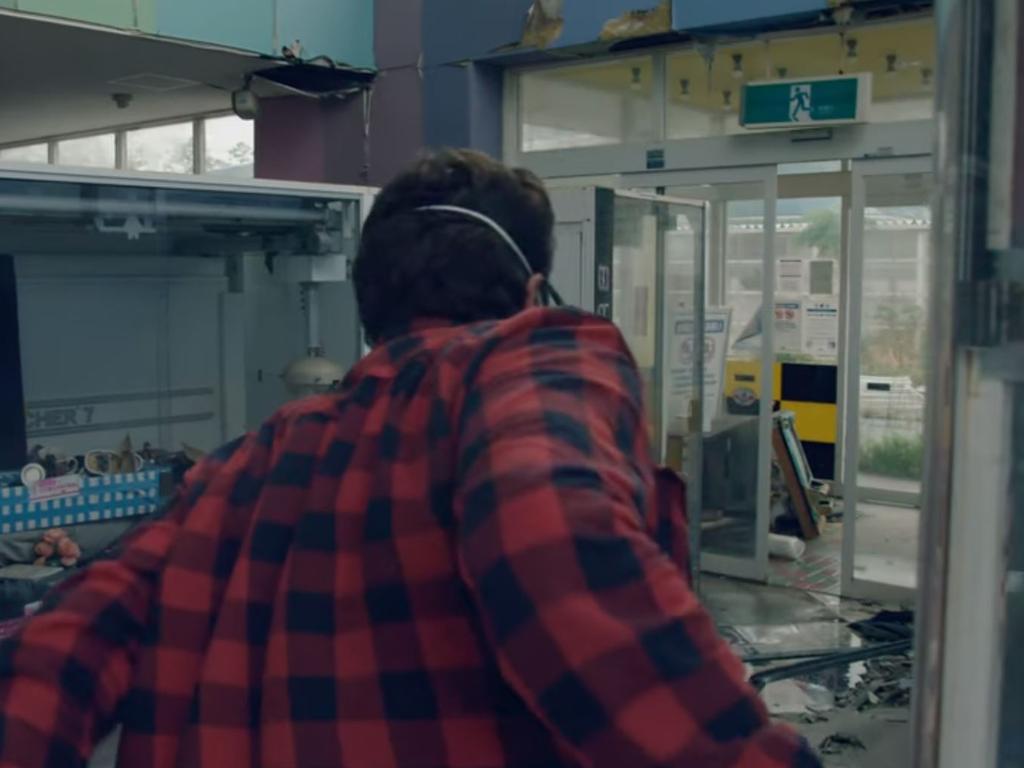
“We’re examining the video content,” the official said.
The three issues of apparent concern to officials were Farrier being worried about eating the restaurant’s food, his visit to the off-limits arcade, and the exact location of the bus not being specified when the high radiation readings alarmed the tourists.
Farrier previously said it was “super disconcerting” to visit the areas affected by the Fukushima nuclear disaster.
“Essentially, you’re in the middle of a microwave,” he told the New Zealand Herald.
“You can’t feel anything but this device is telling you that the radiation is way higher than is safe.”
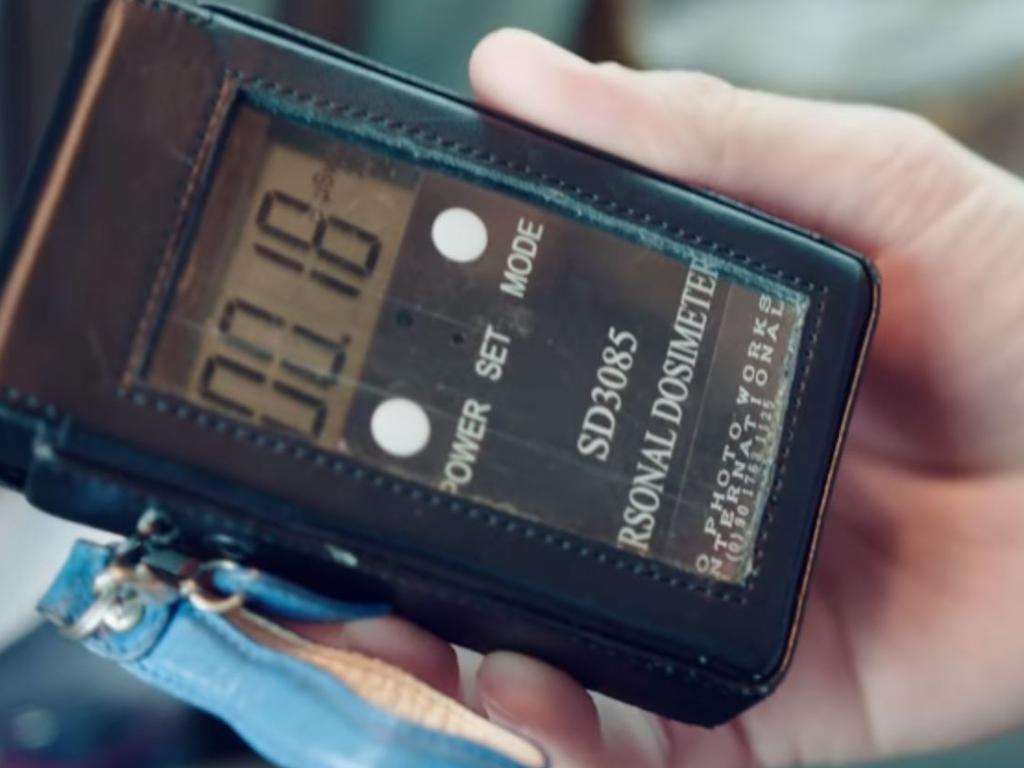
Hundreds of thousands of people fled for their lives when a tsunami swept through Fukushima and set off three nuclear meltdowns at the Daiichi power plant, exposing the region to radioactive material.
The Japanese government has deemed some of the affected areas to be safe to return to, but many remain abandoned. Other areas are still designated as off limits.
But Fukushima’s perceived nuclear danger and its eerie setting have made it one of the world’s most popular drawcards for “dark tourists” — travellers who seek out locations with disturbing histories and associations with death and tragedy.
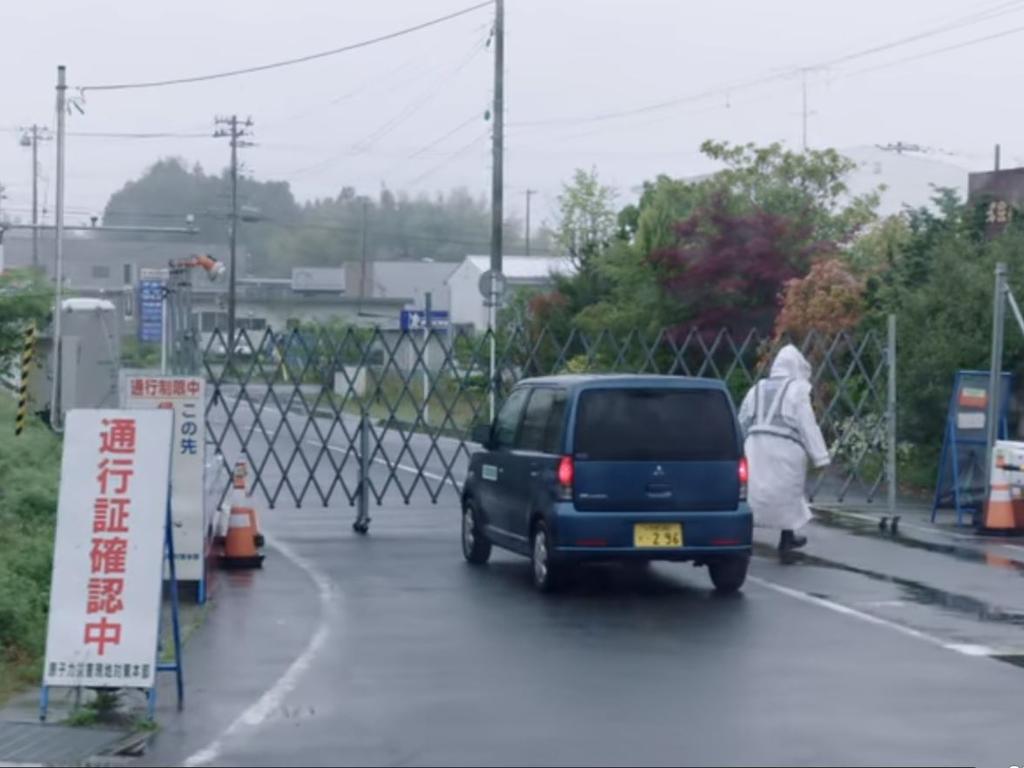
So-called nuclear tourism attracted about 94,000 overseas visitors to Fukushima in 2017.
Similar nuclear tours operate in the Ukrainian ghost town of Pripyat, which has been a radioactive wasteland since the Chernobyl nuclear disaster in 1986.
The Department of Foreign Affairs and Trade urges Australian travellers to exercise a high degree of caution in Areas 1 and 2 near the Fukushima Daiichi power plant and advises against all travel to Area 3 due to “very high” health and safety risks.


